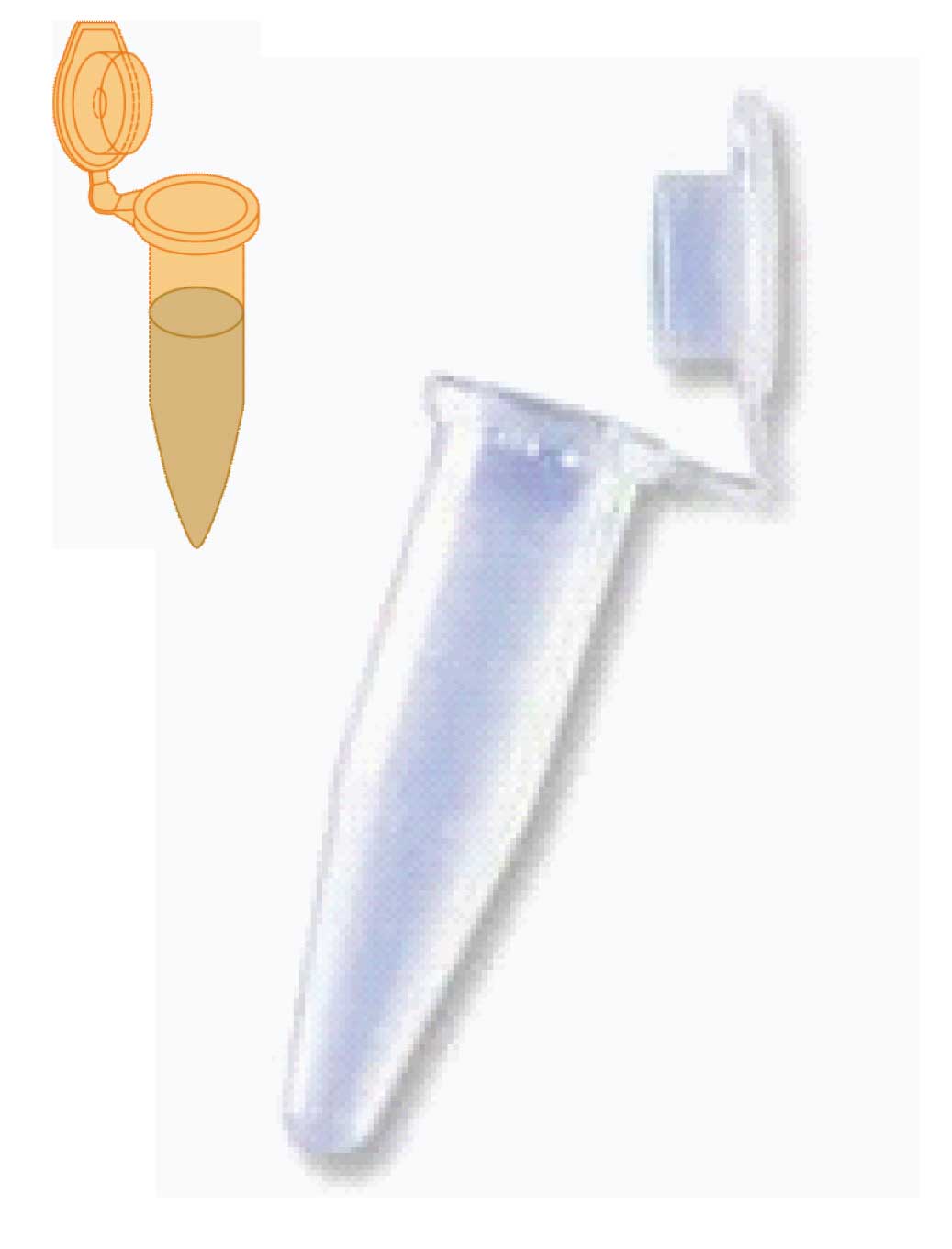It is easy to take knowledge for granted, especially when you’ve been involved in a field for a long time, as I have with HPLC. One of those areas is about how to protect the column. In the training courses we teach, Tom Jupille and I jokingly instruct the attendees that the best way to make a column last forever is to leave it in the box. But this isn’t very practical, so for the present discussion, I’m going to concentrate on how to prevent particulate matter from getting to the column.
One of the primary failure modes of HPLC columns is over-pressure resulting from the buildup of junk on the inlet frit at the top of the column. There are two major ways to keep particulate matter from the sample or system from reaching the column – don’t allow it to enter, or trap it before it gets to where it can cause damage. Let’s look at the first of these this week and the second next week.

Keep It Out
One simple way to keep the column frit from becoming blocked is to prevent sample particulates from entering the system in the first place. Two techniques are most useful for this – sample filtration or centrifugation.
Sample filtration seems like a pretty simple operation at first glance. Just filter the sample through a 0.5-µm porosity filter before placing it in the sample vial. Or if you are using one of the U-HPLC systems with more sensitivity to particulate matter, use a 0.2-µm filter. This procedure works well, but I personally don’t like it for several reasons:
Sample filtration is expensive . The filters can cost a dollar or more per sample, whether you are processing samples one at a time or in a 96-well plate format. And filtration takes time, and as the saying goes, time is money.
Sample filtration can affect recovery . One of the things you have to check is to be sure that there is no variation in sample recovery when filtration is used. For example, are there any adsorptive losses on the filter that might change recovery, depending on sample concentration? If adsorptive loss occurs, low sample concentrations are expected to be more significantly changed (on a percentage basis) than high-concentration samples. And there is always the possibility of leaching something out of the filter that might cause interference with the method. These are things that must be carefully checked and validated. More time and money.
All samples must be filtered . If sample filtration is used in a method, you can’t just filter some samples and not others. Because of the recovery and validation issues mentioned above, every sample must be treated exactly the same. More time and money.
So if there is an alternative to sample filtration that saves time and money, it would be preferable. My vote on this is to centrifuge the samples prior to placing them in the sample vial. When you do your sample preparation, it is easy to design the process so the last step results in the sample being placed in a conical tube, whether this is a plastic Eppendorf tube, a glass vial, or a 96-well plate. These tubes can then be loaded into a centrifuge and spun to drop any suspended particles to the bottom of the tube. I just use a bench-top centrifuge, crank the speed setting to the maximum, and let it run for 5 min or so. Then carefully transfer the supernatant to the injection vials and you are good to go. I like to couple this centrifugation procedure with the use of an in-line filter that we’ll look at in the next instalment.
This blog article series is produced in collaboration with John Dolan, best known as one of the world’s foremost HPLC troubleshooting authorities. He is also known for his ongoing research with Lloyd Snyder, resulting in more than 100 technical publications and three books. If you have any questions about this article send them to TechTips@sepscience.com




